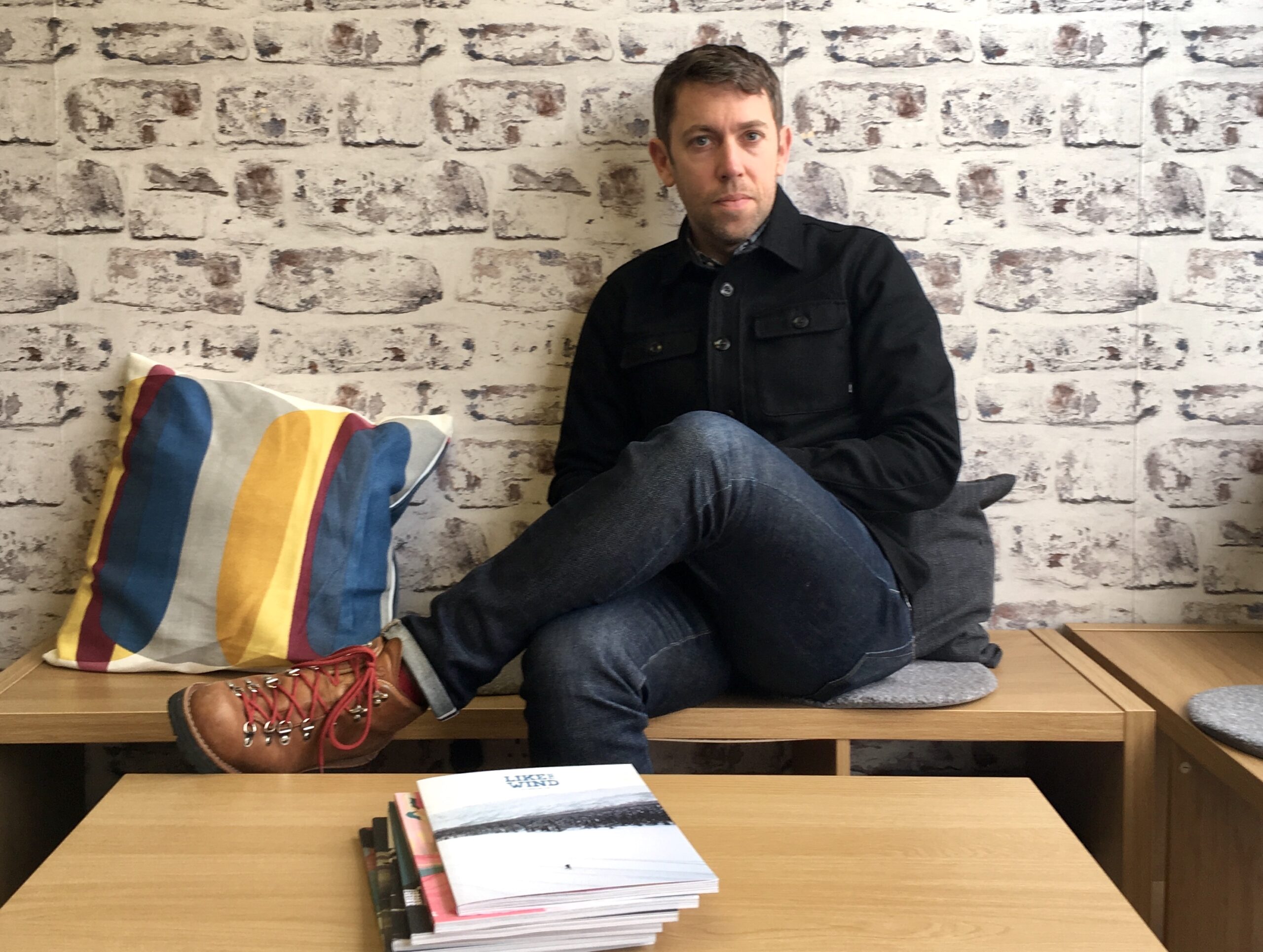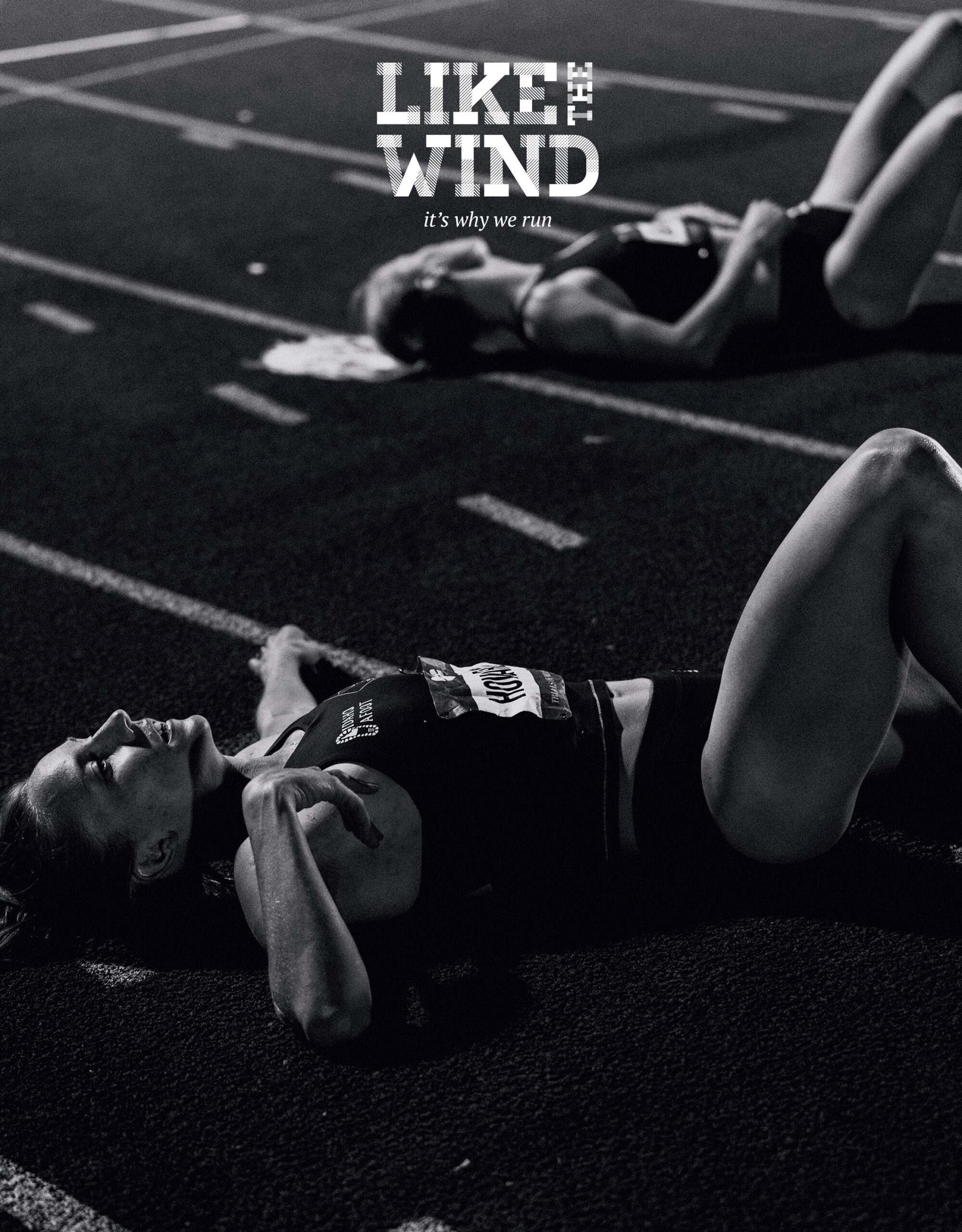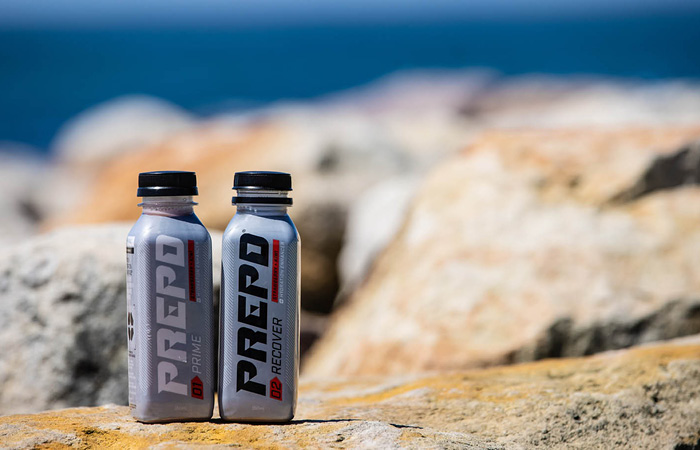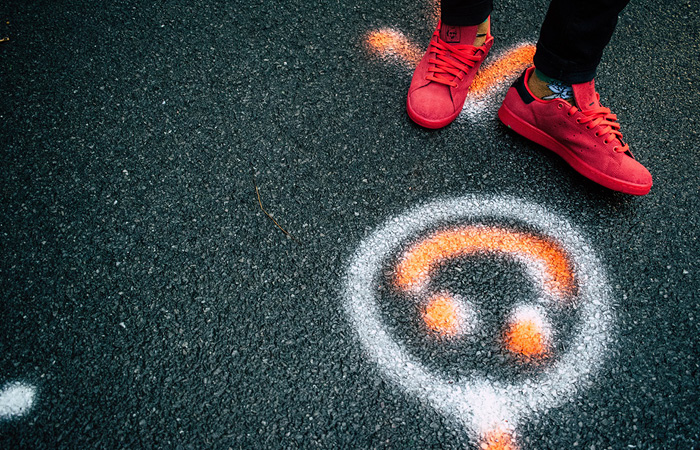ARTICLE / THE MAKING OF... SERIES
The making of...
Like the Wind
Ideas can come from anywhere. Sure, we know that because that’s the business we’re in at Hunter. But what happens when a lifestyle change becomes a passion and suddenly you're thinking of different ways to turn this ‘thing’ into a side hustle gig? Here's the story of Julie and Simon Freeman, co-founders of cult runners magazine, Like the Wind.
Series
The making of... Series
Tags
Entrepreneurial
Start up
Hi Simon and welcome to The making of… blog series. First off can you give our readers a brief background about yourself and your co-founder Julie?
I’ve been a dedicated runner for the past 16 years. I started running when I turned 30. Years of living, working, and partying in London had taken their toll on my physical and mental health. In an attempt to reverse the decline, I quit many of the bad habits and replaced them with running. I was instantly hooked. I met Julie when she was living in London after moving to the city from Switzerland to finish her studies. After a few years together, during which we had run many races and gone on many outdoor adventures, we decided to launch a marketing agency together. And once we were working together we agreed we had the passion for running to launch the running magazine that we wanted to read; Like the Wind was born.
Launching a magazine in three months sounds pretty epic. Can you tell us how you come up with the idea?
Julie and I went on a three-day running trip around Mont Blanc, passing through France, Switzerland, and Italy. During the time we spent on the trails, we talked about many things, including the observation that there were wonderful journals and coffee-table magazines in pursuits such as cycling, climbing, adventure, surfing and so on. But there wasn't one in running. We realised we had the passion, skills, and connections (plus in hindsight, I would say the naivety) to at least try to publish the magazine we wanted to read. So as soon as we returned to London from our trip, we got to work in the evenings and weekends, collecting stories, learning how to design and layout a magazine, how to sell copies, and so on. Three months later we had a magazine ready for readers.

Simon Freeman, Co-Founder of Like the Wind
A level of naivety helps when launching something you’ve never done before. But having said that, what research did you do to arrive at what you've got now? How did you test your product-market fit?
The research was initially Julie, and I thinking about the magazine that we, as runners and fans of magazines, wanted to read. It was as simple as that. Once we had the idea, we contacted as many runners as we could - for example, people we had run or raced with in the past - and asked them what they thought of the idea. But truthfully, we knew that it was only once we started selling copies that we would know whether there was a market for the magazine. So we printed a limited run of the first edition, set up the website and social channels, and organised a launch event in London. When we saw the number of people who had turned out for the launch event (on a cold, wet night during a public transport strike) we were much more confident that we'd made a good decision.
It’s always a good idea to reach out to your community to get initial feedback. What were the first iterations of your magazine like?
The first edition looked exactly like what it was - an amateur effort put together by two people with limited experience of publishing and very little funds. What the first edition did have going for it though, were some amazing stories. And they’ve stood the test of time. Even though the design has improved dramatically in the seven years since issue #1, the stories in that first edition are still some of my favourites.

Having funds to launch a side hustle venture is difficult. How did you initially fund everything and what are you doing currently?
We had some savings we intended to spend renovating our kitchen. We simply took all that money and printed as many copies of the first edition as we could afford. We intentionally took no advertising for the first 6 editions to make sure we could create the magazine we wanted to, without pressure to look like any other titles. And for the first five years of the magazine, we really struggled to make ends meet. Of course, we had our other business, so there was no real pressure on Like the Wind as a side hustle to make money. But there were definitely times when we were working through the night and over the weekend, being motivated simply by our desire to share the stories that we had access to.
They say taking risks (calculated or otherwise) means making tough decisions. So we can only imagine what it would have been like to choose between renovating your apartment kitchen or starting a new magazine. So how did you go about the brand? Can you tell us about the process and how you arrived at where you are today?
Branding in the sense of how the magazine looks and is laid out is one of the many aspects of Like the Wind that we had very little experience in and are still figuring out to this day.
The name is something I'm really proud of and it came to Julie in a flash of inspiration. What I love about it, is that the name evokes a sense of running, without using the word. And I think in that sense it represents everything that I want Like the Wind to be. At Huck magazine, they have the idea of paddling against the flow and we have adopted that for Like the Wind. What we publish in the magazine, what it looks like, how we sell it - all these things are done in direct opposition to traditional running magazines. And I think that is representative of runners. At least the runners we are talking to. These are people who run for their own reasons, dedicating themselves to something difficult. Revel in the effort of training and racing. Seek out new experiences, new brands, new connections, and knowledge.
In terms of how the magazine looks, this is a work in progress. Julie works with our designer Alex on each story we publish as well as the overall look and feel. And I love that the journal is a work in progress. Like running, there is no way to 'complete' designing and publishing a magazine in my opinion. You can always change, develop, improve, iterate, and that for me is one of the most exciting aspects of what we are doing.
Like anything… building awareness is everything for success. As such, how are you getting the word out there and how are you scaling the brand?
Raising awareness of Like the Wind is our biggest challenge. Traditionally magazines in the running space have used the 'distribution' model where they send copies into retailers on consignment and are then paid a percentage of the cover price for the copies sold. That seems like a broken model to me. It often means the publishers only receive 25% of the cover price of the copies they distribute. For a premium title like ours, that is not something we want to do, not least because in that situation, half or even more of the pages have to be advertising to make enough money for the title to be profitable.
So from day one, we decided to sell directly to our readers, through subscriptions and single-copy sales. We do supply a few retailers, but they are specialist, high-quality running shops or specialist magazine retailers. So as with all direct-to-consumer brands, we have to tell people that Like the Wind exists. Social media - particularly Instagram - is becoming less and less effective without significant advertising spend. Events have been non-existent for the past 18 months. But we are lucky - we trade in stories. So we are focused on creating great content - films for example - that reach people who perhaps don't know about the magazine. We have a really great fortnightly newsletter called Like the Wind Notes. Collaborations where we tell stories with brands whose products and approach we really admire - for example On Running, Under Armour, Strava, Saucony - are a great way to reach new runners. And best of all, we find that people who discover the magazine and love it, become advocates for it with other runners, so the subscriber base grows organically.
You make everything look rather easy. So what do you feel are the future challenges for the magazine? What's the biggest challenge or challenges you think you'll face moving forward?
In the immediate term, where we print the magazine is something we have to address. We have always printed the magazine in the UK and shipped it around the world to readers in 40 counties. Brexit has made that much more difficult and expensive. Paper mills are also increasing the cost of paper in the UK, citing Brexit as the reason. And because we print on the most premium paper we can, that is having a disproportionate impact on Like the Wind. We aren't going to compromise on the paper we use, so for now, we're absorbing the increased cost, but going forward we will have to watch what happens carefully.
The Covid-19 pandemic added to the challenges of shipping the magazine, but I think those problems were temporary and we'll be back to normal distribution soon (notwithstanding the Brexit issues outlined above).
Marketing the journal is certainly the biggest challenge we face. I think what we are doing now - with the Like the Wind Notes newsletter, other forms of storytelling (films, etc), and brand collaborations - will ultimately be successful. But reaching new readers is constantly on my mind.


